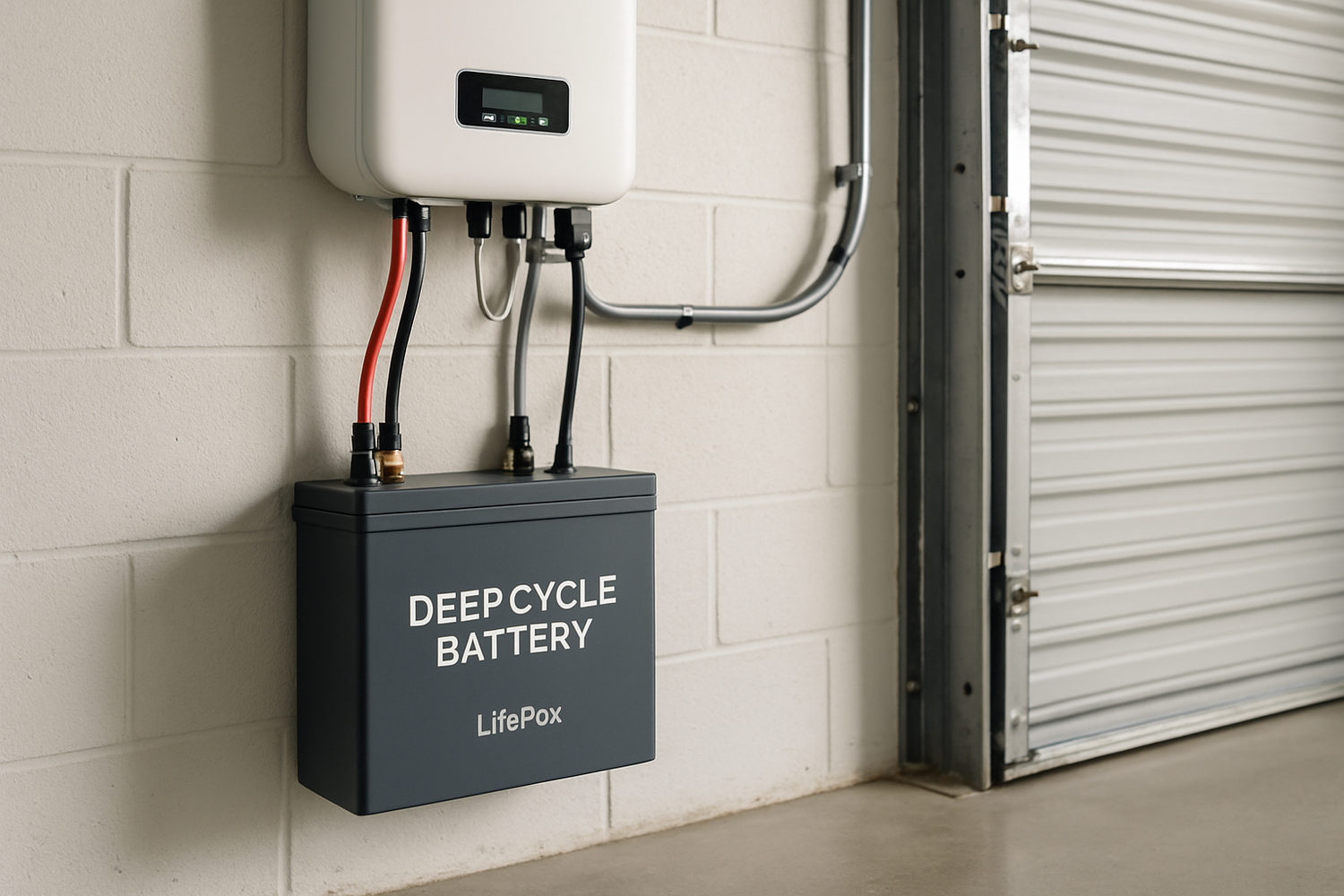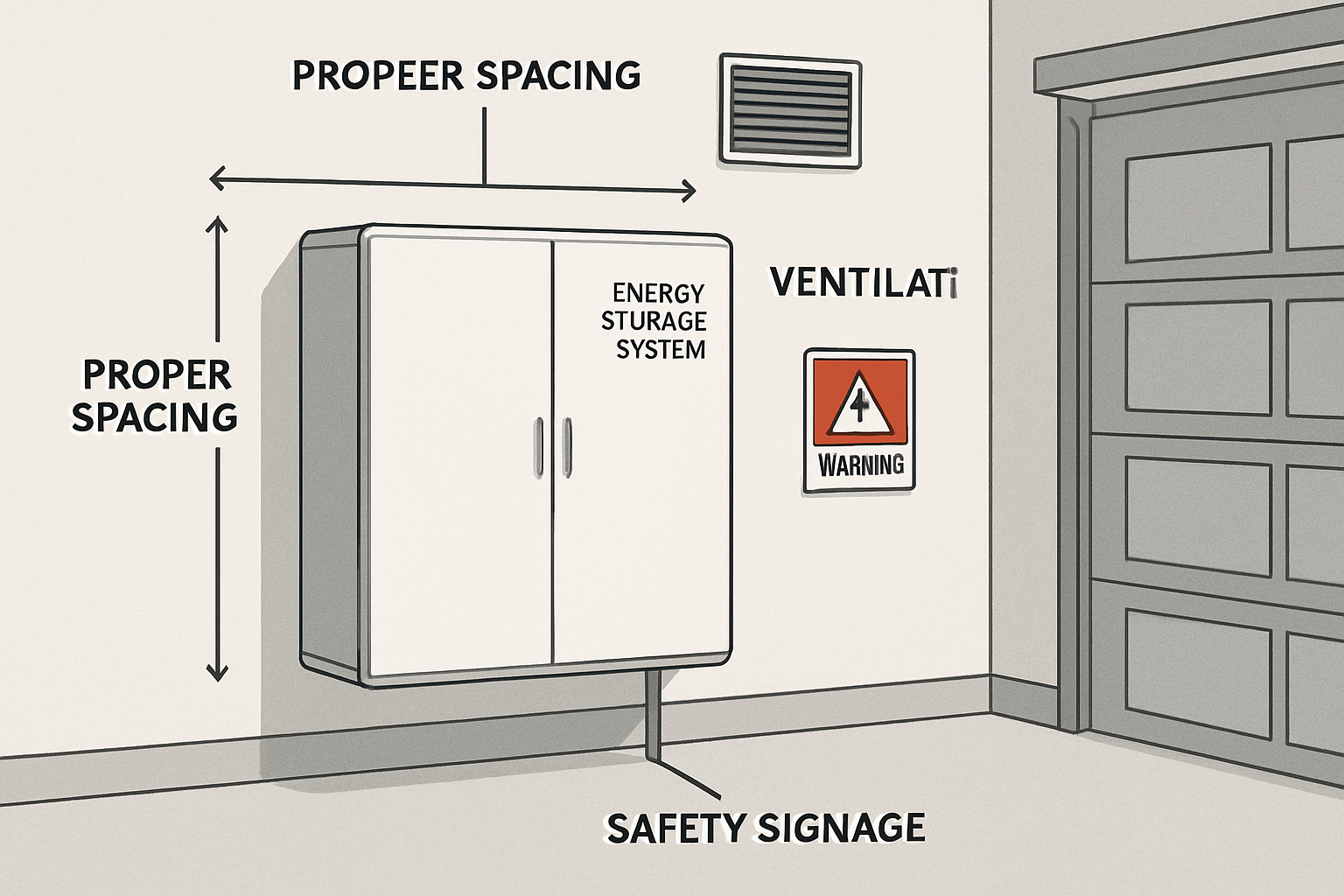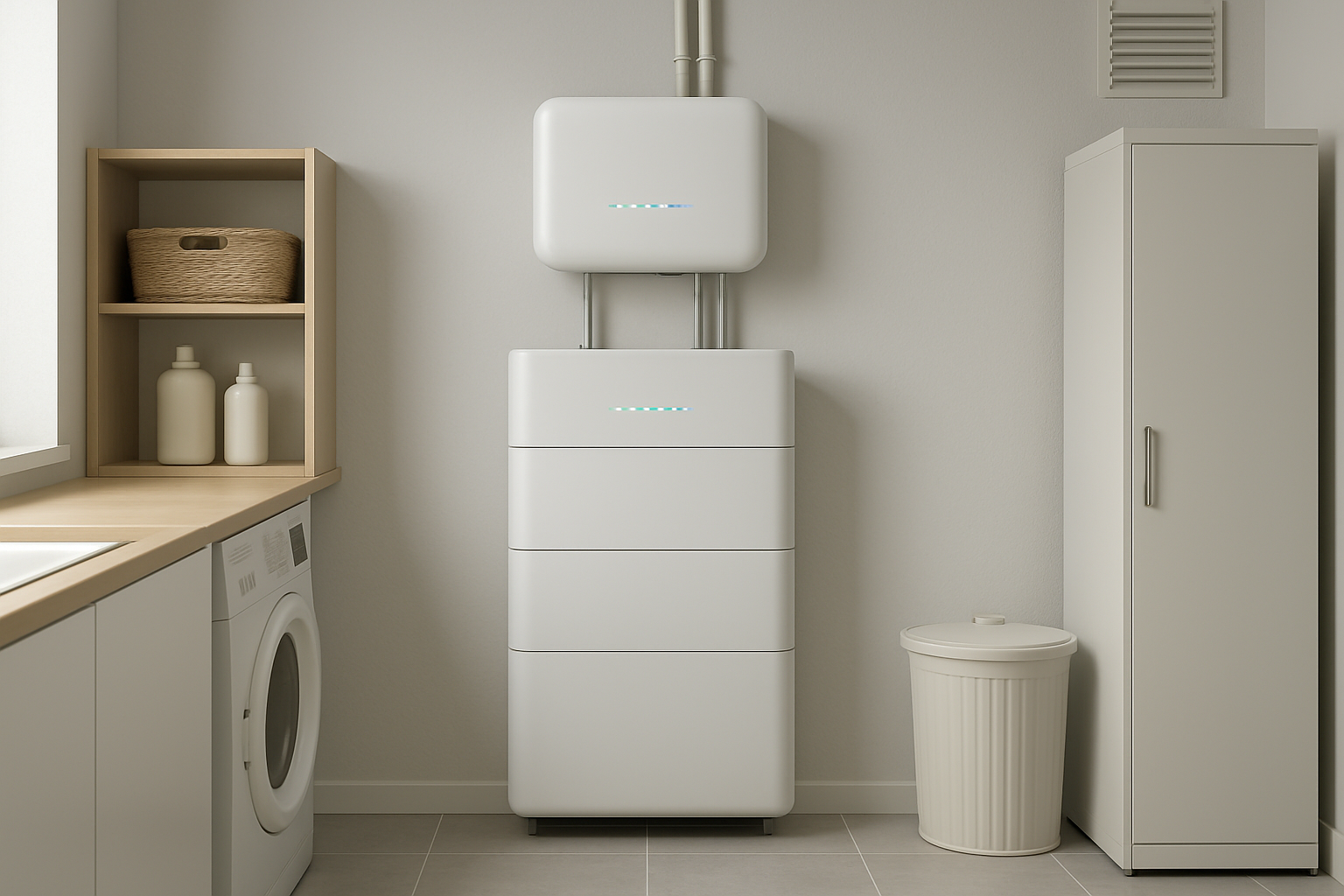Deep cycle lithium batteries are a cornerstone of modern energy independence, powering everything from off-grid homes to recreational vehicles. Their high energy density and long lifespan make them an excellent choice for solar energy storage. Yet, the term 'thermal runaway' can cause concern. This phenomenon, while rare in high-quality batteries, is a serious safety consideration. Understanding the causes and implementing preventative measures is key to operating a secure and reliable energy storage system.
Understanding Thermal Runaway in Lithium Batteries
Thermal runaway is an unstable, self-perpetuating process where a battery cell enters an uncontrollable, overheating state. It occurs when the heat generated within the battery exceeds the amount of heat that can be dissipated, leading to a rapid increase in temperature. This can cause the cell to vent flammable gases, and in a worst-case scenario, ignite or cause a chain reaction in adjacent cells.
What Triggers This Chain Reaction?
Several conditions can initiate thermal runaway. The primary culprits include overcharging, which deposits excess lithium and generates heat; internal short circuits caused by manufacturing defects or physical damage to the battery; exposure to high external temperatures; and excessively rapid charging or discharging that overstresses the battery's components. According to the International Energy Agency's report on The State of Energy Innovation, the separator's function is to prevent electrical shorts between the cathode and anode, and its failure is a critical factor in this process.
The Role of Battery Chemistry: LiFePO4's Inherent Safety
Not all lithium batteries are created equal. The cathode material significantly influences a battery's thermal stability. Lithium Iron Phosphate (LiFePO4) batteries are recognized for their superior safety profile compared to other lithium-ion chemistries like Nickel Manganese Cobalt (NMC) or Lithium Cobalt Oxide (LCO). The phosphate-based chemistry of LiFePO4 has a stronger molecular bond, making it more resistant to thermal decomposition. It can withstand higher temperatures before becoming unstable.
| Battery Chemistry | Thermal Runaway Onset Temperature |
|---|---|
| Lithium Cobalt Oxide (LCO) | ~150°C (302°F) |
| Nickel Manganese Cobalt (NMC) | ~210°C (410°F) |
| Lithium Iron Phosphate (LiFePO4) | ~270°C (518°F) |
The Core of Prevention: The Battery Management System (BMS)
The Battery Management System (BMS) is the brain of a deep cycle lithium battery pack. This sophisticated electronic circuit board is the first and most critical line of defense against thermal runaway. A high-quality BMS continuously monitors the battery's state and ensures it operates within safe limits.
Your Battery's Guardian
The primary role of the BMS is to protect the battery cells from conditions that could lead to damage or failure. It acts as a gatekeeper for the energy flowing in and out of the battery, making real-time adjustments to maintain stability and safety. Without a BMS, a lithium battery pack would be highly susceptible to failure.
Key Protective Functions of a High-Quality BMS
A modern BMS provides multiple layers of protection:
- Overcharge Protection: It stops the charging current once the cells reach their maximum safe voltage, preventing overheating.
- Over-Discharge Protection: It disconnects the load if the cell voltage drops too low, which can cause irreversible damage.
- Temperature Monitoring: It uses sensors to track the battery's temperature and will shut down operations if it exceeds safe upper or lower limits.
- Over-Current Protection: It protects against short circuits or excessive current draws that could lead to a rapid temperature increase.
- Cell Balancing: It ensures all individual cells within the battery pack maintain an equal state of charge, preventing any single cell from being overstressed during charging or discharging.
Best Practices for Installation and Operation
Beyond the battery's internal protections, your actions during installation and daily use play a significant role in preventing battery fires and ensuring a long service life. Proper handling and system design are non-negotiable for lithium battery fire safety.
Proper Charging and Discharging Protocols
Always use a charger and inverter that are specifically designed for and compatible with LiFePO4 chemistry. Using an incorrect charger can lead to overcharging. Additionally, adhering to the manufacturer's recommended charge and discharge rates (C-rates) prevents undue stress on the battery. A report from IRENA, Innovation Outlook: Smart charging for electric vehicles, notes that keeping lithium-ion batteries at a full state of charge for long periods can accelerate aging and potentially reduce stability. Understanding key performance metrics is vital for setting the correct parameters. A comprehensive look at solar storage performance can provide deeper insights into optimizing charge rates and depth of discharge for both safety and longevity.
The Importance of a Controlled Environment
Environmental conditions directly impact battery health and safety. Install your deep cycle lithium battery in a location with adequate ventilation to allow heat to dissipate effectively. Avoid placing it in direct sunlight or near heat sources. The ideal operating temperature is typically between 0°C and 45°C (32°F and 113°F). Furthermore, protect the battery from physical impacts, punctures, or crushing, as these can cause internal short circuits.
System Integration and Component Compatibility
Ensure all components in your solar energy system—including the solar panels, charge controller, inverter, and battery—are compatible. Mismatched components can lead to incorrect charging voltages or currents. Double-check all wiring to ensure it is of the correct gauge for the expected current and that all connections are tight and secure. Loose connections can create resistance and generate significant heat.
Your Path to a Secure Energy Future
Preventing thermal runaway in a deep cycle lithium battery is a matter of combining advanced technology with diligent practice. It begins with selecting a battery with a stable chemistry like LiFePO4, which offers a fundamentally safer foundation. This is backed by a sophisticated BMS that actively prevents the conditions that lead to overheating. Finally, adhering to proper installation, operational, and environmental guidelines ensures the entire system works in harmony. By taking these steps, you can confidently and safely harness the power of lithium battery technology for your energy storage needs.
Frequently Asked Questions
Is thermal runaway common in LiFePO4 batteries?
Thermal runaway is significantly less common in LiFePO4 batteries compared to other lithium-ion chemistries. Their stable chemical structure provides a much higher tolerance for heat and abuse. While not impossible under extreme conditions like severe physical damage or a critical BMS failure, it is a very rare event in properly manufactured and managed LiFePO4 batteries.
Can a damaged lithium battery be repaired?
It is strongly advised not to attempt to repair a physically damaged, swollen, or punctured lithium battery. Damage can compromise the internal safety structures, making the battery unpredictable. Such a battery should be taken out of service immediately, isolated in a safe place, and taken to a professional for assessment or disposal at a designated battery recycling facility.
How do I know if my battery's BMS is working correctly?
A quality BMS operates automatically in the background. In most cases, if your battery is charging and discharging normally, the BMS is functioning as intended. Some advanced energy storage systems provide monitoring software or apps that allow you to view the status of the battery, including cell voltages and temperature, which confirms the BMS is actively managing the system. If the battery shuts down unexpectedly, it is often the BMS protecting it from an adverse event like over-temperature or a short circuit.





Leave a comment
All comments are moderated before being published.
This site is protected by hCaptcha and the hCaptcha Privacy Policy and Terms of Service apply.